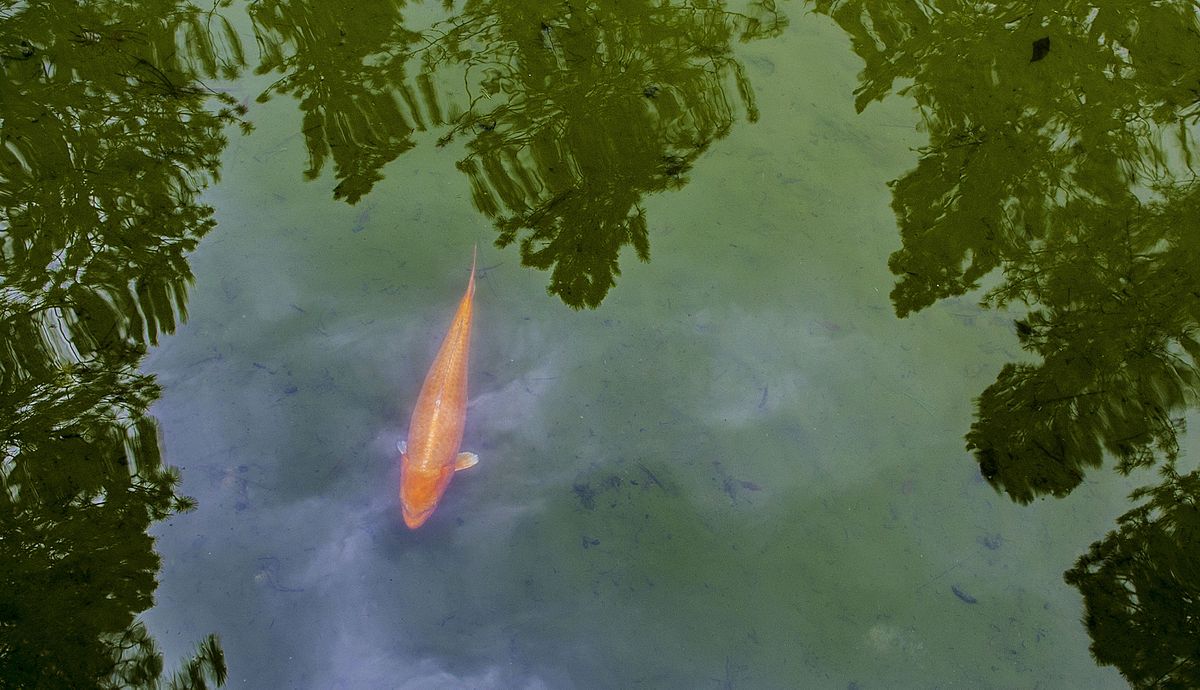Koi pond in Manito Park’s Japanese garden to receive water-saving renovations

The koi pond in Manito Park’s Nishinomiya Tsutakawa Japanese Garden will be the latest Spokane Park property to receive a water-saving facelift.
Construction on the $287,000 project will begin later this month and is expected to reduce water consumption of the feature by up to 18 million gallons annually. The garden’s dedication coincided with Expo ‘74.
Since then, water has been pumped into the feature through a nearby water main and back out as needed. The improvements will create a filtration system that will pump water back into the pond and a jet system that will allow debris from surrounding trees to more easily be skimmed from the surface.
“It’s not rocket science, necessarily, but it will save us a lot of water,” said Spokane Parks Landscape Architect Nick Hamad in pitching the project to the Spokane Park Board in November.
The pond houses an estimated 30 koi, colorful carp that are mainstays of Japanese gardens. Manito’s garden is named both for the Japan sister city, Nishinomiya, and Ed Tsutakawa, a longtime booster of the relationship who died in 2006.
The project is being funded by money from the city’s Utilities Division, which is partnering with parks on several projects intended to reduce water consumption throughout the park system. The department is the largest consumer of municipal water.
The work will be completed by Land Expressions, a Mead-based architecture and design firm that is also responsible for land features near the McCarthey Athletic Center on Gonzaga’s campus and several of the features in Riverfront Park.
The Japanese garden is expected to reopen in July. The seasonal garden typically opens at the beginning of April and remains open until the end of October, but was not opened in 2020 as a way to limit maintenance costs during the COVID-19 pandemic, said Fianna Dickson, a parks spokeswoman.
The koi in the pond will remain during much of the work, but will be removed and seen by a specialist for “a short period” during construction, the Parks Department said in a news release.